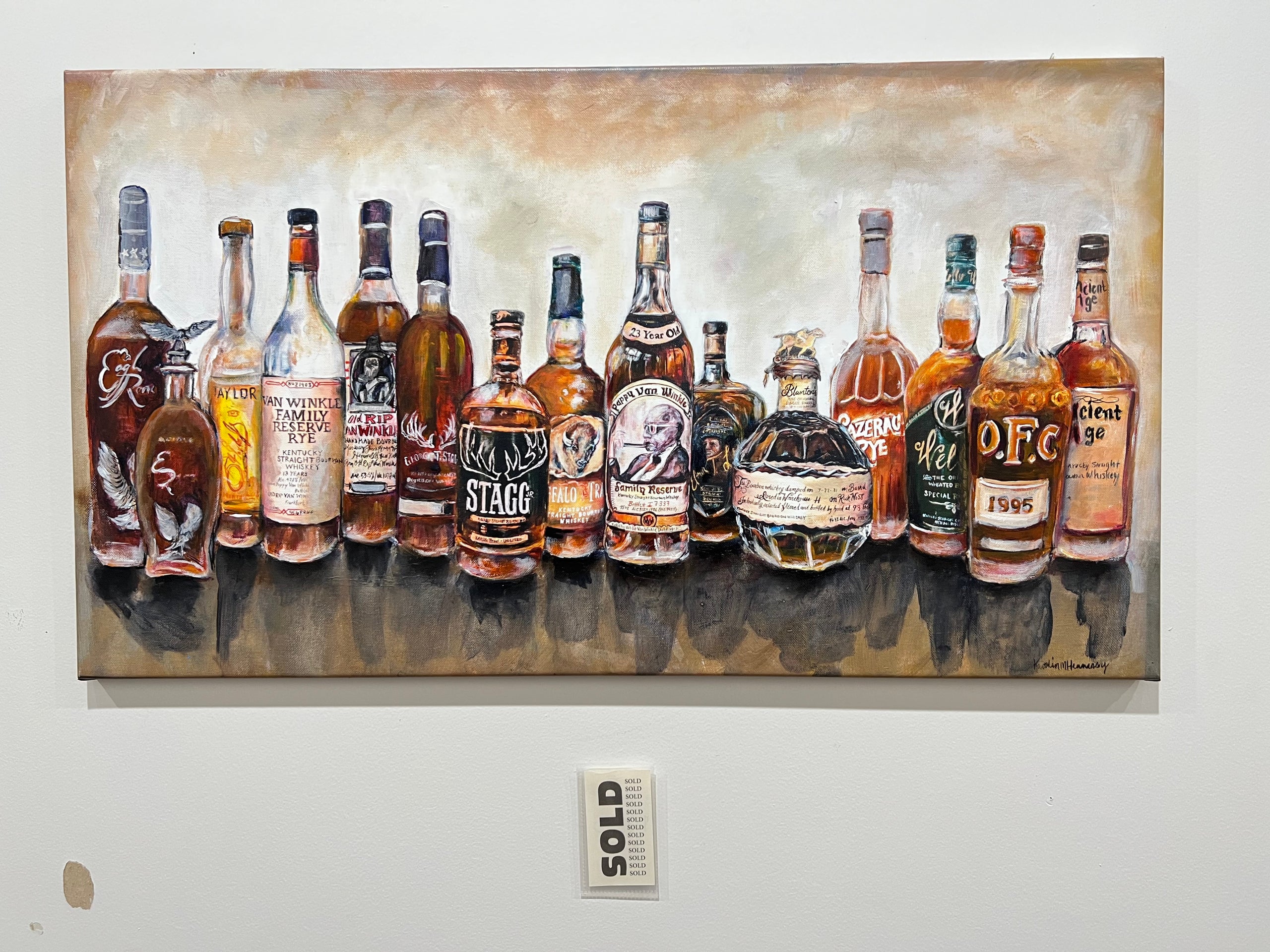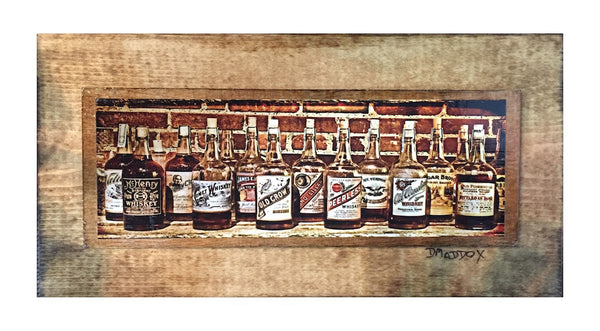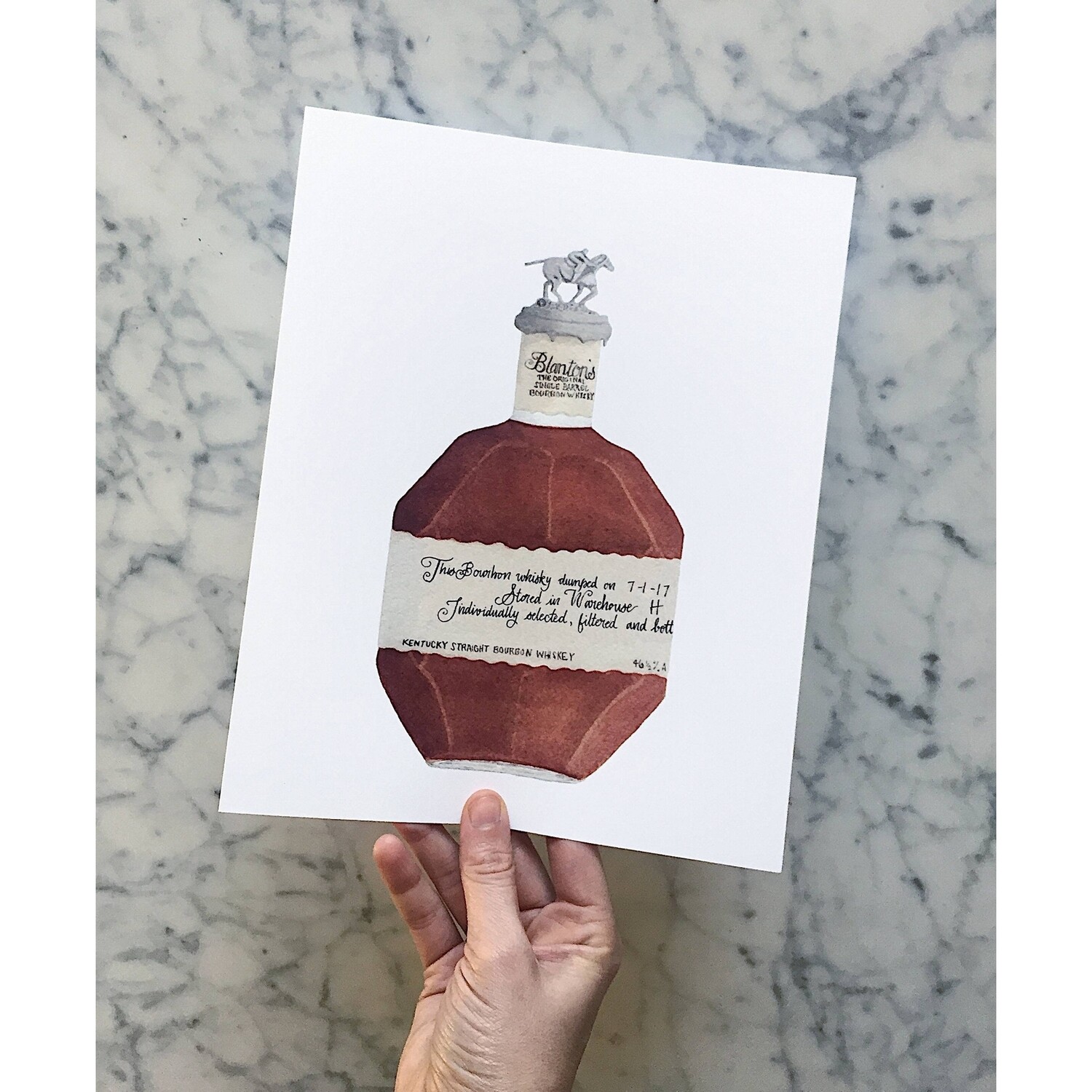Bourbon Art in Contemporary Society: Where Practice Meets Innovation
Bourbon Art in Contemporary Society: Where Practice Meets Innovation
Blog Article
The Relevance of Whiskey Art in Celebrating Heritage and Workmanship in the Beverage Sector
The intricate relationship in between whiskey art and the celebration of heritage and workmanship within the beverage industry can not be overstated. Through attentively developed bottles and tags, bourbon brands envelop their historic origins and the artisanal abilities that define their manufacturing methods. This creative dimension not only enhances market charm however likewise acts as a conduit for social storytelling, promoting a much deeper connection between the consumer and the craft. As we explore the numerous aspects of this subject, intriguing questions regarding the influence of contemporary patterns on traditional methods occur, triggering additional evaluation.
The Historical Roots of Whiskey
At the heart of whiskey's allure lies a rich tapestry of historical roots that map back to old human beings. The beginnings of bourbon can be linked to the distillation techniques of the Sumerians and Babylonians around 2000 BCE, where early types of fermented grain drinks began to arise. Nevertheless, it was in the Middle Ages that the art of purification advanced dramatically, particularly in Ireland and Scotland, resulting in the creation of scotch as we understand it today.
The term "scotch" itself originates from the Gaelic word "uisce beatha," indicating "water of life." This phrase emphasizes the social significance of bourbon in Celtic societies, where it was frequently connected with rituals, events, and communal bonding. By the 15th century, purification came to be a recognized craft within monastic areas, leading the way for the facility of lawful distilleries.
As trade paths expanded, bourbon's appeal grew, transcending local boundaries and recording the passion of connoisseurs worldwide. Whiskey Art. This historic journey mirrors not just the craftsmanship behind bourbon manufacturing however likewise its integral duty in social and social contexts, marking it as a significant drink throughout history
Artistic Expression in Branding
Whiskey branding stands as a compelling crossway of creativity and commerce, where visual identity plays an important function fit consumer assumption. The appearances of whiskey tags, product packaging, and marketing materials reflect not only the brand's story but additionally its core worths and heritage. Through creative expression, distilleries share a story that resonates with consumers, stimulating feelings and stimulating connections.
Making use of shade, typography, and imagery in branding offers to separate products in a saturated market. As an example, standard motifs might evoke a feeling of authenticity and craftsmanship, while modern-day designs can indicate advancement and forward-thinking. This strategic creative direction improves brand name recognition and commitment, allowing customers to create a personal relationship with the scotch they choose.
Additionally, artistic expression in branding commonly acts as an event of local heritage. Distilleries frequently integrate neighborhood signs or historic references into their styles, creating a local color that welcomes consumers to take part in a more comprehensive cultural experience. Eventually, the virtuosity behind whiskey branding not only improves aesthetic appeal but likewise improves the overall narrative of the brand, promoting a much deeper appreciation for the craftsmanship and heritage embedded in each container.
Workmanship in Container Design
The artistry obvious in bourbon branding expands past visual identity to encompass the craftsmanship associated with container layout. Each bottle works as a vessel not just for the spirit within, yet additionally for the tale it informs about its high quality, beginning, and custom. The style process needs precise interest to detail, as elements such as shape, product, and closure add substantially to the overall assumption of the scotch.
Craftsmanship in bottle design entails picking high-grade glass that can enhance the bourbon's shade and clearness, while likewise offering a tactile experience for the customer. The shape of the bottle must be both visually appealing and useful, usually showing the heritage of the brand. Several distilleries go with special shapes or printed logos that stimulate a feeling of credibility and history.
Furthermore, the tag style and typography play an important role in connecting the brand's story. Limited Edition. A well-crafted bottle not just mesmerizes the customer's eye however additionally enhances the brand's dedication to high quality and practice. By doing this, the craftsmanship of container design comes to be an important Full Article facet of the scotch experience, combining artistry with an extensive respect for heritage
Social Significance of Scotch Art
Celebrating custom and workmanship, the cultural value of whiskey art goes beyond mere looks, intertwining with the social and historic narratives of the areas where it originates. Each container offers as a canvas, portraying the one-of-a-kind stories, folklore, and practices that have shaped neighborhood whiskey-making practices. The complex layouts frequently show the heritage of the distillers, including symbols and themes that resonate with the culture and worths of their communities.

In enhancement, scotch art plays an essential function in public events and parties, acting as a substantial web link in between individuals and their shared experiences. By valuing the artistry in scotch product packaging, consumers grow a much deeper understanding and respect for the craft, inevitably enriching their pleasure of the drink itself.
Modern Trends in Whiskey Discussion
Over the last few years, the presentation of scotch has actually developed to show modern tastes and patterns while still recognizing traditional craftsmanship - Realism Art. Distilleries are increasingly focusing on aesthetic aspects that enhance the overall alcohol consumption experience, connecting the void between heritage and modernity
Cutting-edge bottle layouts have actually arised, often incorporating lasting products and imaginative labels that tell compelling stories. Lots of brand names currently collaborate with local artists, infusing their items with one-of-a-kind aesthetic expressions that reverberate with customers. Additionally, limited-edition releases are typically packaged in collectible containers, including worth and charm for aficionados.

Verdict
In conclusion, whiskey art serves as a vital conduit for expressing the heritage and craftsmanship inherent in the beverage sector. Via detailed branding, cutting-edge container layouts, and culturally considerable creative aspects, whiskey brands effectively recognize their practices and link with consumers.


Craftsmanship in container layout includes choosing top quality glass that can enhance the bourbon's shade and clearness, while also providing a responsive experience for the customer. In this method, the craftsmanship of container style becomes a vital facet of the scotch experience, merging virtuosity with an extensive respect for heritage.
In verdict, scotch art serves as an essential channel for expressing the heritage and workmanship intrinsic in the beverage sector.
Report this page